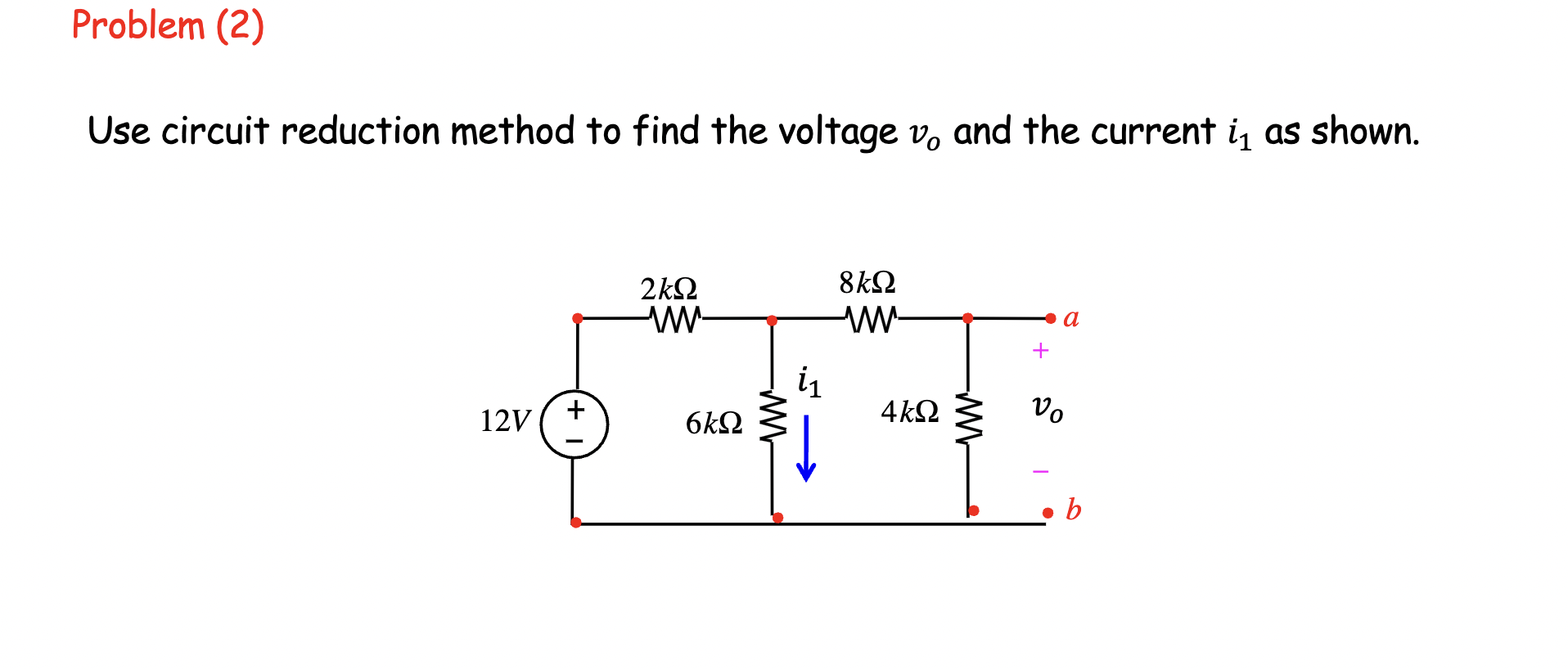These bills are often recurring in nature and can have cost cycles of month-to-month, quarterly, half-yearly, or yearly. The most-common examples of pay as you go expenses in accounting are prepaid lease from leases, pay as you go software subscriptions, and pay as you go insurance premiums. Beneath you’ll discover a detailed description of each one in addition to detailed accounting examples for each. In most instances, that is the proper entry to e-book, nonetheless, in sure transactions we are paying upfront for the proper to use an asset or receive a service over an outlined time frame. Under the cash basis a company would immediately document the complete amount of the acquisition of an excellent or service to the income statement as soon as the cash is paid. By amortizing pay as you go rental bills, you probably can precisely match expenses with revenues and be certain that your financial statements precisely reflect the cost of using the rented area.

Accrued Expenses Calculation Instance
At the tip of the first yr, the company will regulate its accounts to reflect the $12,000 that has now turn out to be an expense, decreasing the pay as you go rent asset accordingly. This ensures that the corporate’s profitability measures, corresponding to net income, aren’t overstated for the year. Remember, the key to managing pay as you go expenses is common and accurate adjusting entries. This ensures that your monetary statements current a real and honest view of your small business’s monetary place and efficiency.
Initial Measurement Of Lease Liabilities With Ifrs Sixteen Prepayments
To illustrate, contemplate a business that signs a two-year lease with a monthly rent of $500 and pays the complete $12,000 upfront. Furthermore, if the lease settlement features a clause for a 10% rent improve after the first yr, the month-to-month expense for the second yr should be $550, not $500. Overlooking such details can significantly impression the accuracy of economic reporting. Pay As You Go expenses symbolize expenditures that haven’t but been recorded by a company as an expense, but have been paid for in advance.
- To keep away from this mismatch, you must record prepaid expenses as an asset, specifically as a prepaid expense account.
- Tenants generally pay rent in advance just because they want to keep away from late rental payments.
- Prepayments is often a good approach to handle your finances and keep away from late fees, however they don’t seem to be the same as pay as you go expenses.
- Knowing the method to account for pre-paid bills includes firstly an understanding of some key accounting principles, followed by the recording of some easy journal entries.
- One Other widespread mistake happens with December prepayments for January rent.
To precisely report pay as you go rental bills, you want to determine the unamortized steadiness on the end of each accounting period. This involves subtracting the amortized expense from the initial prepaid amount. Prepaid rent is hire that’s been paid in advance of the period for which it’s due.
Pay As You Go rent is a typical financial transaction with significant implications for cash move management, taxation, and monetary reporting. Understanding its therapy and impression is essential for accurate monetary analysis and planning. Whether Or Not https://www.intuit-payroll.org/ you’re an individual budgeting for private bills or a business managing company finances, recognizing the nuances of prepaid rent can lead to more knowledgeable monetary choices. The initial journal entry for a pay as you go expense does not affect a company’s financial statements. The preliminary journal entry for pay as you go rent is a debit to pay as you go rent and a credit to money.

Although being a easy idea, it is important for an organization to appropriately account for and acknowledge prepaid bills on its balance sheet. Pay As You Go belongings sometimes fall in the present asset bucket and therefore impact key financial ratios. Additionally, a company reporting under US GAAP must follow the matching principle by recognizing bills in the period by which they are incurred. This requires correct calculation and amortization of prepaid expenditures similar to insurance coverage, software subscriptions, and leases. When it involves financial reporting, prepaid hire is an asset that will steadily be expensed.

To make an adjusting entry, you may debit the expense account and credit the pay as you go expense account. This will reduce the asset account and report the expense for the current month. You May repeat this course of each month until the prepaid expense account is empty. From an accounting perspective, prepaid lease is initially recorded as an asset on the stability sheet. As time passes and the rental period elapses, a portion of this asset is expensed and acknowledged on the income statement. This systematic and rational allocation of pay as you go lease over the period it benefits is named expense recognition.

The first entry for prepaid rent doesn’t technically impact a tenant’s monetary statements because the credit and debit are effectively canceled out. However, the next adjustments will influence monetary statements as a outcome of all of them represent additional decreases in belongings with will increase in bills. To document a prepaid expense, debit the prepaid expense account and credit the money or checking account. When the expense is incurred, reverse the entry by debiting the prepaid expense account and crediting the money or bank account.
In this situation, we’d record a pay as you go asset at the beginning of the contract and the expense of the subscription could be realized over the course of the yr. This would achieve the matching principle objective of recognizing the expense over the lifetime of the subscription. Prepayments are a kind of fee made earlier than the due date, they usually’re not the identical as pay as you go bills. For example, in case you have a cost to a supplier due next month, but you resolve to pay it now, that is a prepayment. Pay As You Go rental expenses can include hire and leases paid prematurely, which could be listed as assets in your steadiness sheet. These expenses are often paid quarterly or yearly to reap the advantages of discounted pricing.
Upon signing the one-year lease agreement for the warehouse, the corporate also purchases insurance for the warehouse. The company pays $24,000 in cash upfront for a 12-month insurance coverage policy for the warehouse. As every month passes, a portion of that asset will get “used up” and becomes an expense in your income assertion. In a state of affairs the place a tenant pays the $10,000 to cover the complete 12 months upfront, it’s a necessity to regulate the books monthly to account for the shifting worth of the asset. The tenant could have used up one month of the lease settlement by the tip of the first month.

